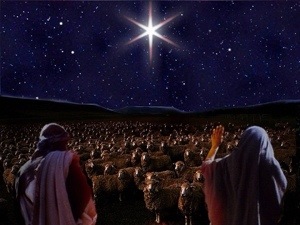I was 19 years old and was back home in Georgia following my first year away at college. It had been a transformative year for me in many ways. I had left my family to go to school in Dallas, with all the adjustments a teenager endures living in a dorm and being on their own for the first time. Back at home with my family I was anxious to share my new experiences with them. My mom and I talked for hours about my roommate and my classes, the new friends I’d made and my excitement about the coming year. I was going to study in Rome and we were both anticipating my trip. But I hadn’t told my family everything about that first college year. In fact, the most important thing that had happened to me was something I found difficult to share with them.
I wanted to become Catholic. I was afraid my parents would disapprove. I was afraid to tell my mother, most of all. She was a woman of strong opinions who was never shy about sharing them—a kind of force of nature. And though I’d never heard her voice anything at all against the Catholic Church, I also couldn’t imagine her embracing my decision. For us and our Baptist background, being a Catholic was so foreign that it just didn’t exist as an option. Until I was in high school, I’d never even met a Catholic. I’d certainly never been drawn to explore Catholicism. But I’d also never formally joined our Baptist church either. My college was a Catholic one and my experience of the Church was life-changing. I was torn between my joy and my hesitation to talk about it with my family. Finally, my best friend tired of me talking to her about it, and she told my parents for me. What a relief! They were supportive and wanted my happiness, as good parents always do. Unfortunately, none of us knew what to do next. In those years before google, there was no easy place to go for answers.
So the next morning, I looked in the phone book and called the nearest Catholic Church. I must have called twenty times that day without getting an answer. I drove to the church, determined to find out how a person could become Catholic. But the doors were locked and the only information I could find was the Mass schedule on a sign outside. That evening I showed up for Mass and told the pastor what I wanted to do. He was kind and soft-spoken and suggested we meet in his office the next afternoon to talk things over. We did. And over the course of just a few weeks of reading and conversation with him, we scheduled my Baptism. With my family around me, I was baptized and confirmed on a Saturday afternoon. The next day I made my First Holy Communion. It was the presence of Christ in the Eucharist that drew me to the Catholic Church and 33 years later, the Eucharist remains the heart of my faith. Thankfully, becoming Catholic nowadays is a bit more transparent. Like most parishes, our church has a program for people wanting to explore the Catholic faith. Called the Rite of Christian Initiation for Adults (RCIA) it’s both a learning experience and a spiritual journey. But whether you “cross the Tiber” in an RCIA group, or through personal instruction like me, the destination remains the same–coming home to the Church founded by Jesus Christ. Thanks be to God!






